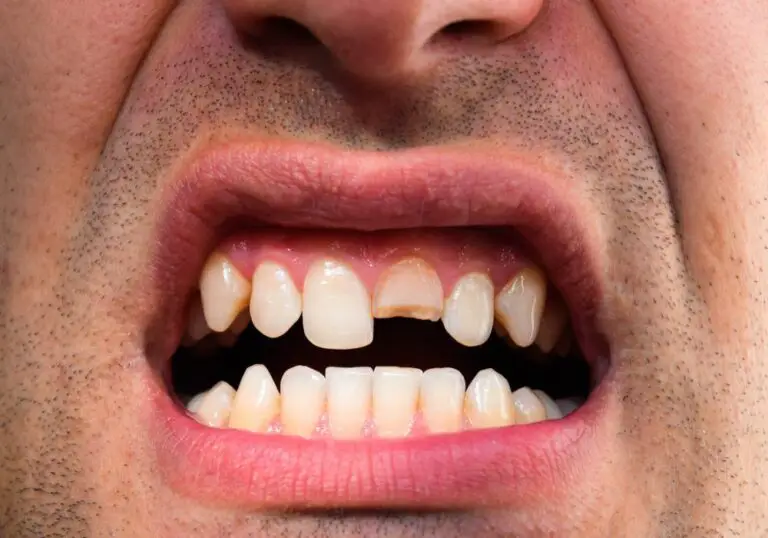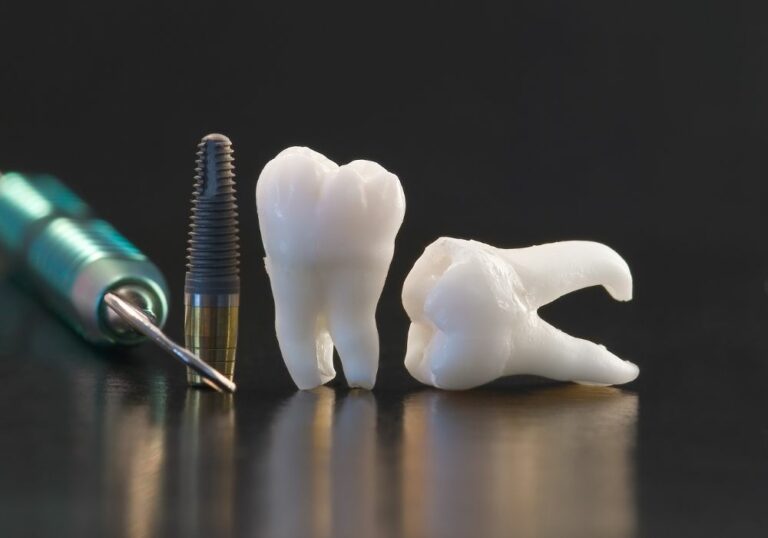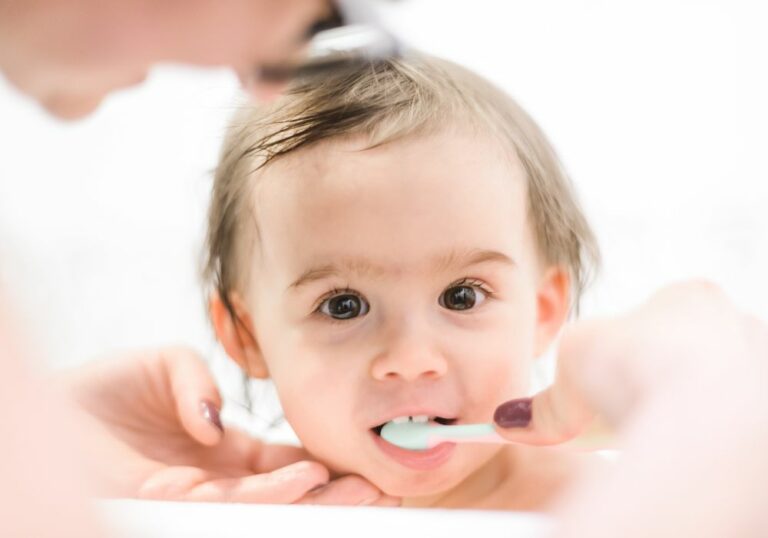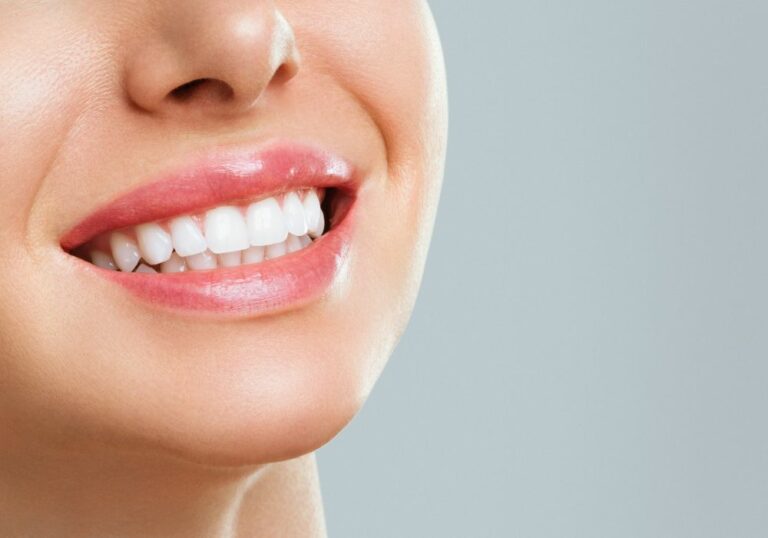Having straight, white teeth is often considered an attractive physical trait. Surveys have shown that both men and women find smiles with straight teeth more appealing than crooked or gapped teeth. But why exactly are straight teeth seen as more attractive? There are a few reasons.
Why Are Straight Teeth Considered More Attractive?

Cultural standards of beauty
In many cultures, straight teeth are part of the standard for physical beauty. Models, actors, and public figures who are considered attractive often have perfectly straight, pearly white teeth. This can create an association between straight teeth and other desirable qualities like youth, health, and status. The media plays a role in reinforcing these ideals of beauty.
Sign of health
Straight, aligned teeth are also associated with good oral health. Crooked or crowded teeth can be more difficult to keep clean and allow more plaque and bacteria to build up. This can lead to tooth decay and periodontal disease over time. Straight teeth are easier to brush and floss properly. Proper dental care also helps prevent bad breath. So straight teeth are seen as a sign of someone who takes good care of their teeth.
Youthfulness
During childhood, teeth are naturally straighter before the adult teeth start to crowd the mouth. As people age, their teeth are more likely to become crooked, chipped, stained, or missing. Straight teeth are associated with youthfulness while crooked teeth can be a sign of aging. An attractive smile with straight, white teeth conveys that someone has retained a youthful, energetic appearance.
Confidence
People who are happy with their smile are more likely to flash their pearly whites. Those who are self-conscious about crooked teeth may be less likely to smile fully. Hiding one’s smile can be interpreted as a lack of confidence. Braces or clear aligners allow people to improve their smile, which can boost self-esteem. Straight teeth support an open, cheerful smile.
Facial symmetry
Straight teeth are also an indicator of overall facial symmetry, which is associated with conventional attractiveness. The symmetry suggests genetic health during development. Teeth that are severely crooked or crowded can disrupt the symmetry of the face. Proper alignment creates a balanced, proportional appearance which is instinctively perceived as attractive.
Improved speech
Misaligned teeth or gaps can affect speech and cause a “lisp” sound. This speech impediment can negatively impact social interactions. Straight teeth allow for clearer pronunciation and speech. This improves communication skills which are important for relationships.
Signaling personality traits
Physical appearance influences perceived personality traits. Straight teeth are thought to convey positive qualities like intelligence, friendliness, conscientiousness, and success. Whereas crooked or yellowed teeth can imply undesirable traits like laziness, carelessness, or lower social status. First impressions are quickly formed based on subtle visual cues. A smile with straight teeth makes a positive first impression.
Romantic interests
Asking someone out on a date or pursuing a romantic relationship requires confidence. An attractive smile can help in making romantic advances. Being comfortable and confident showing your teeth indicates openness to intimacy. Misaligned teeth can cause shyness and reluctance in romantic situations. Straight teeth support appearing approachable, dateable, and kissable.
Professional advantages
In professional settings, straight teeth are an advantage. They indicate professionalism, attention to detail, and competence. Crooked teeth can be distracting and even interpreted as a sign of poor hygiene habits. Job applicants with straight teeth are more likely to get hired and seen as responsible. Positive first impressions matter both in careers and relationships.
Normal function
Teeth that are properly aligned allow for normal dental function like biting, chewing, and speaking. Crooked teeth can interfere with these basic oral functions. Misaligned teeth may not interact smoothly which can cause abnormal wear, chipping, or grinding. Straight teeth with proper spacing allows the mouth to work properly for eating and talking.
Dental and gum health
Malocclusion which means misaligned teeth can negatively impact gum health and dental hygiene. Crooked or crowded teeth are harder to properly clean and make gums more prone to disease. Food and plaque collects in hard-to-reach areas which increases decay and infection risk. Straight teeth prevent these dental problems and support better long-term oral health. Proper bite alignment also prevents excess tooth wear.
Structural support
The jaw muscles, facial bones, and temporomandibular joint rely on straight aligned teeth for structural support and balance. Crooked teeth can create uneven forces and lead to problems like facial muscle pain, headaches, and jaw joint issues like TMJ. Well-positioned teeth prevent chronic pain problems. Orthodontic treatment helps establish a healthy, functional bite. Proper structural support from straight teeth allows the whole system to work smoothly.
Digestion
Effective chewing and biting relies on proper dental alignment. Crooked teeth make chewing and breaking down food more difficult. This can lead to inadequate mastication and poor digestion. Straight teeth allow food to be properly grinded and chewed so that it can be swallowed and digested correctly. Aligned teeth are important for taking in and breaking down nutrients.
Access to care
Access to orthodontic treatment often depends on social advantage and wealth. Clear aligners and other modern orthodontics are expensive. Lower income individuals are less likely to be able to afford teeth straightening options. Visibly straight teeth serve as a subtle indicator of higher economic status and privilege. This perceived social advantage contributes to straight teeth being seen as more attractive.
Confidence in smile
People tend to notice their own flaws more than others. Those with crooked teeth may feel self-conscious about their smile. Orthodontic treatment like Invisalign clear aligners can increase confidence in one’s appearance. When patients see their straightened smile, they feel more comfortable smiling freely and openly. Confidence gained from a bright smile makes people more attractive.
Investment in appearance
The effort and investment required to achieve straight teeth also influences their attractiveness. Braces and orthodontic treatments require time, money, and discomfort to straighten teeth. This sacrifice symbolizes that someone cares about their appearance and health. Crooked teeth can seem like a lack of concern for one’s looks. The work put into straightening teeth is perceived as attractive.
Conformity to norms
Humans are social creatures that instinctively conform to group norms. Straight teeth are the accepted standard for attractiveness in many cultures. People whose teeth deviate from the norm can feel pressured to change them to gain acceptance. Orthodontics often serve a psychosocial function to help patients feel they fit in. Aligning to group norms increases attractiveness.
Treating crooked teeth

Thankfully there are many options available today for straightening crooked teeth and closing unsightly gaps. Orthodontic treatments include:
- Braces – Brackets bonded to teeth which apply pressure over time to move teeth into alignment. Now available in less visible ceramic and lingual styles.
- Clear aligners – Series of clear plastic trays are worn to gradually shift teeth position. Popular brands include Invisalign, ClearCorrect, and SmileDirectClub.
- Retainers – Devices worn after treatment to hold teeth in corrected position. May be removable plastic and wire or fixed/bonded metal wire.
- Headgear and appliances – Used to create space, widen arches, or guide eruption of incoming teeth. Worn outside the mouth.
- Springs and wires – Fixed inside the mouth to teeth to create forces for alignment. May use rubber bands.
- Dental bonding – Tooth-colored resin material added to teeth to fill gaps or change shape. Mimics enamel.
- Enamel shaping – Filing or contouring teeth to achieve ideal shape, symmetry, and spacing.
- Extraction – Removing teeth to relieve overcrowding and allow alignment of remaining teeth.
Newer orthodontic methods such as clear aligner therapy and lingual braces allow teeth straightening with far less visibility than the traditional metal braces. There are more options than ever to get a smile with straight teeth without interrupting daily life.
Orthodontic Treatments for Straightening Teeth
- Braces
- Clear aligners
- Retainers
- Headgear and appliances
- Springs and wires
- Dental bonding
- Enamel shaping
- Tooth extraction
Impacts of crooked teeth
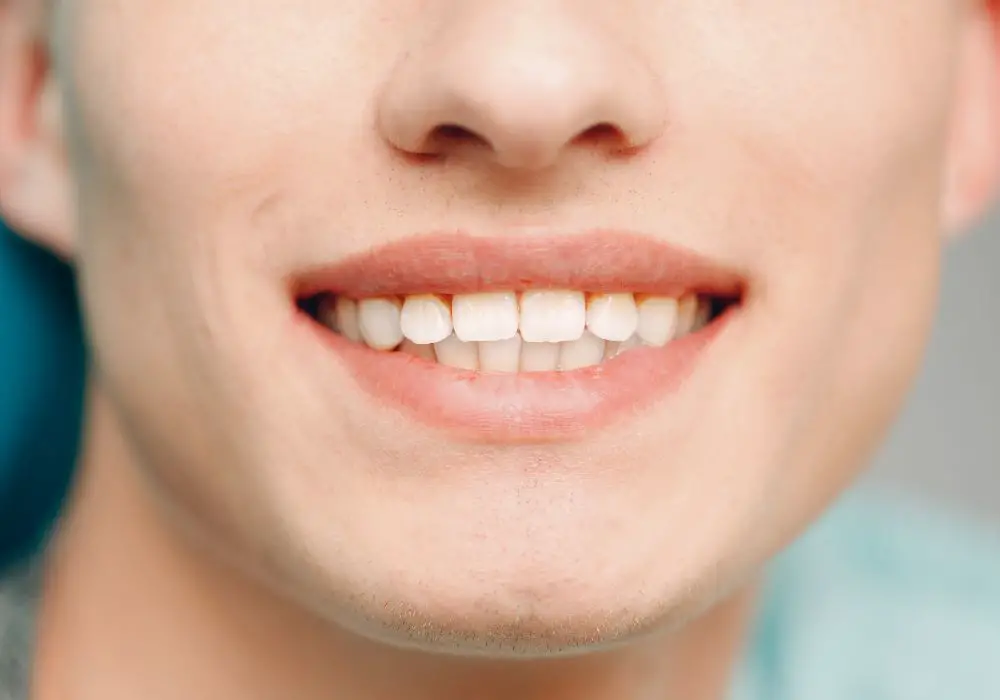
It’s important to understand that crooked or misaligned teeth aren’t just a cosmetic problem affecting appearance. Misaligned teeth can lead to various oral health and functional issues including:
- Increased risk of tooth decay and gum disease from plaque buildup
- Abnormal wearing of tooth surfaces
- Chipping or cracking of teeth
- Tooth loss
- Jaw pain, headaches, TMJ disorders
- Chewing and biting difficulty
- Speech impairment such as lisping
- Low self-esteem or embarrassment about smile
Without treatment, crooked teeth are likely to worsen over time as more teeth crowd the space. Early orthodontic evaluation and interceptive treatment can help guide proper growth and development. Straightening teeth while jaw growth is still occurring can lead to longer-lasting and more stable results.
FAQs About Straight Teeth and Attractiveness
There are many common questions people have about the link between straight teeth and attractiveness. Here are answers to a few frequently asked questions.
Are gaps between teeth unattractive?
Gapped teeth are often considered less attractive than a straight aligned smile. Gaps can signify missing teeth. Small gaps can be closed with braces or aligners. Larger spaces may require bridgework or dental implants. Proper dental spacing supports health.
Do straight teeth make you more attractive?
Yes, straight teeth are perceived as more attractive by others compared to crooked or gapped teeth. Aligning the teeth to make them straighter can significantly improve facial appearance and make you more appealing.
Can crooked teeth be attractive?
Severely crooked teeth are generally not considered attractive. However, minor imperfections can add character. Slightly imperfect teeth appear more natural than ultra-perfect veneers. A warm, genuine smile outweighs perfection. Confidence is most attractive.
Does tooth alignment affect kissing?
Yes, properly aligned teeth allow for smoother, less obstructed kissing. Crooked teeth or gaps can make kissing more difficult and less enjoyable. Orthodontics can help improve the kissability of one’s smile.
Do different cultures value straight teeth?
While straight, white teeth are favored in Western cultures, standards vary worldwide. Some cultures value teeth aesthetics less or prefer a small gap. But clear speech and chewing function remain universal dental health goals.
Conclusion
Straight, well-aligned teeth are considered more attractive in our culture for a variety of reasons. Proper dental alignment supports oral health and function. It also influences perceived personality traits and self-confidence. While mildly imperfect teeth can add character, a bright straight smile is generally favored. Thankfully, modern orthodontics offer many options for aligning teeth discreetly. Clearing up crooked teeth or closing gaps can help boost attractiveness. But most importantly, smiling confidently is always the most appealing.



